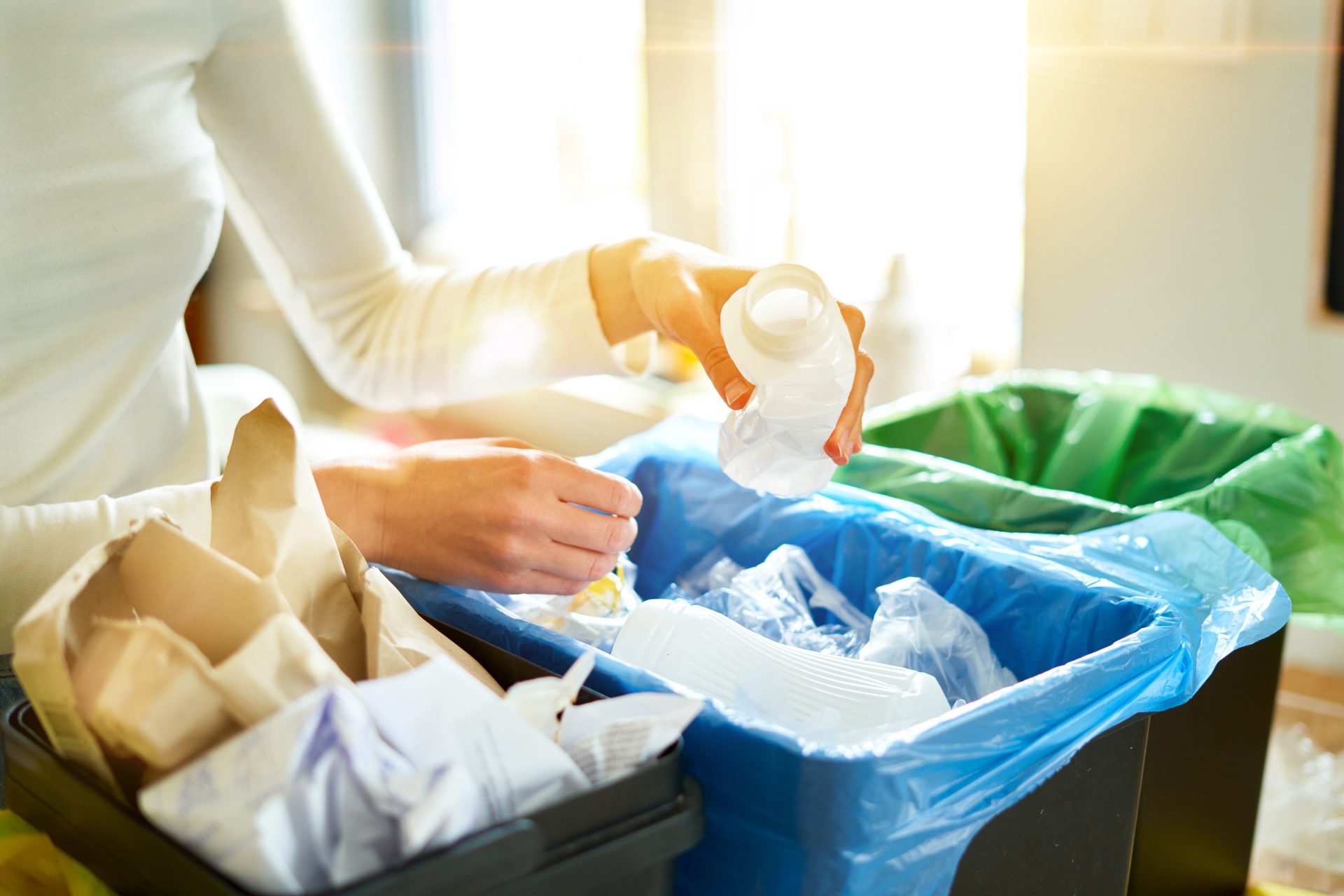

Dear Recycle Lady,
What is Earth Overshoot Day?
New Day For Me
Dear New Day For Me,
According to Wikipedia, Earth Overshoot Day is the date on which humanity’s resource consumption for the year exceeds Earth’s capacity to regenerate those resources in that year. It represents the level of which the human population’s demands overshoots the sustainable amount of biological resources regenerated on Earth. This year, humans will use all the biological resources that Earth regenerates during the entire year on July 28 – 2023 Overshoot Day. Scientists estimate that humans are using natural resources 1.7 times faster than ecosystems can regenerate them.
Dear Recycle Lady,
Is glitter made of plastic? Please tell me it isn’t.
Love to Use Glitter
Dear Love to Use Glitter,
Who doesn’t love glitter! It’s found on party supplies, cards, hair products, clothing, nail polish, cosmetics, body glitter, and crafts, to name only a few. Unfortunately, I must tell you that glitter is made of microplastics that are harmful for humans, animals, marine life, and the environment. Glitter begins as very large thin sheets of plastic made with a combination of aluminum, PVC, PET, and polyester plastics, that are coated with lacquers, paints, and metals. These sheets are cut into various extremely small shapes of microplastics that are so small they are difficult, if not impossible, to see or to filter out of wastewater. Consequently, when glitter is washed off, it can easily end up in our waterways and the ocean. Next time you’re considering adding some sparkle, try an eco-friendly alternative like biodegradable glitter made from plant-based materials.
Glitter has a long history of use. Beginning somewhere around 40,000 BCE, ancient civilizations used tiny mica flakes in cave paintings for a reflective glow. The Egyptians created a glitter-like substance from crushed beetles. They also used ground green copper carbonate to create an iridescent effect in their cosmetics and Galena, a silvery mineral, was used in early eyeliners. Mayans used chipped mica mixed with pigments to put on 6th century temples. Pyrite was used in Paleolithic cave paintings to produce a shimmering effect. In 1934, Henry Ruschmann, an American machinist, accidently invented modern plastic glitter when he ground up a mixture of scrap metals and plastic into a very fine powder. The company he founded is still making 20,000 different kinds of glitter today.
Dear Recycle Lady,
The packaging for a chocolate rabbit I received for Easter had an inset of plastic film on the front of the box. This plastic film window made the chocolate rabbit inside the box visible. Must this plastic film window be removed before putting the box in with cardboard?
Chocolate Lover
Dear Chocolate Lover,
Good catch. Yes, unlike the plastic film windows in envelopes, the plastic film windows in cardboard boxes must be removed before recycling with cardboard. Envelopes go through a glue removing process that dissolves any plastic windows, so they do not need to be removed. However, cardboard does not go through this process, thus the plastic film windows of cardboard must be removed before recycling.
Kudos to Tomisha Akers for promoting the use of cloth diapers instead of disposable diapers at the WV Healing Home on Maplewood Avenue in Fairlea.
Good News: The U.S. Fish and Wildlife Service has designated prostrate milkweed an endangered species. The prostrate milkweed, with its brightly colored flowers, is an important food source for monarch caterpillars and other native pollinators. All 24 known populations of it are found within eight miles of the Rio Grande River along the TX-Mexico border and are crucial to Monarch migration and other pollinators in that region. Securing the plant’s survival in there will help Monarchs continue their migration here.
Have questions about recycling, or interesting information about recycling? Send questions or requests to recyclelady@greenbrier-swa.com. Dear Recycle Lady is sponsored jointly by the Greenbrier Recycling Center and Greenworks Recycling.



